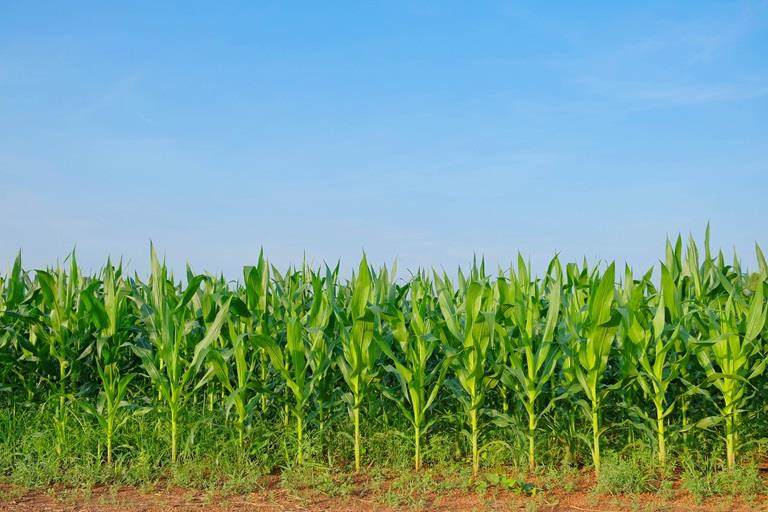3 Ways that coatings with additional benefits contribute to sustainable agriculture in Asia
Across Asia, growers and agricultural researchers are rethinking how nutrients are delivered to crops. With mounting pressure to reduce synthetic fertilizer use—driven by environmental concerns, policy reforms, and agronomic inefficiencies—seed coatings with additional benefits could be part of the solution. In this article, Tomoko Sakata explores three key benefits of this technology and its role in advancing more sustainable crop production.
1. Precision nutrient delivery for stronger early growth
During the early growth stages of many crops, the young seedlings are particularly vulnerable to the impact of external environmental factors. Seedling quality and vigour are a major factor in determining crop quality and yield. Micronutrients like zinc and iron play a vital role in establishing strong roots, healthy leaves, and overall plant vigor. Zinc, for example, supports enzyme function and root development, especially in cold or high pH soils where its availability is limited while iron is essential for photosynthesis and energy production as the plant begins to build biomass. Seed coatings with additional benefits, that have nutrients integrated into the seed coating, allow these nutrients to be applied directly to the seed and root zone, ensuring plants receive what they need, exactly where they need it. This targeted delivery supports robust early growth and improves seedling establishment, especially in soils with nutrient limitations.Asia currently accounts for over 400 million metric tons of CO₂ equivalent emissions annually from synthetic fertilizer use—more than any other region globally.
2. Reduced fertilizer input and environmental impact
In many Asian cropping systems, fertilizer is applied multiple times in, for example, basal applications, topdressings, and late-stage supplements. Asia currently accounts for over 400 million metric tons of CO₂ equivalent emissions annually from synthetic fertilizer use—more than any other region globally.
While essential for yield, excessive application is common, particularly in high-input systems across China, India, and Japan.In fact, reports from some regions indicate that up to 30% of field-applied fertilizer for crops like corn remains unused in the soil with 50-70% of nitrogen not being taken up by plants depending on local practices and conditions. This leads to agronomic problems such as lodging, poor root development, and delayed grain ripening as well as environmental issues like nitrate leaching, greenhouse gas emissions, and soil acidification.
Seed coatings with additional benefits offer a more efficient alternative. By incorporating nutrients into the seed coating, growers can reduce the need for field-applied fertilizer greatly helping to meet both agronomic and environmental goals without compromising yield.
A large amount of fertilizer often remains in the sol without being taken up by crops. This can lead to issues in plant growth and cause environmental problems
3. Streamlined operations and lower labor costs
Traditional fertilization methods require time, labor, and equipment to apply nutrients at multiple crop stages. This can be costly and logistically challenging, especially in regions with limited mechanization. Seed coatings simplify this process by delivering nutrients at sowing. Having essential nutrients included in the coating, supports farmers in achieving strong early-stage plant growth without additional field applications. This approach reduces labor costs, improves consistency in nutrient placement, and sustains more stable yields over time and at the same time preserves soil health.A smarter path forward
Governments and industries across Asia are responding to the challenges of fertilizer use in many ways, from subsidy reforms to digital nutrient mapping to emission reduction targets. Seed coatings with additional benefits are part of this transition—offering a practical, science-based solution that supports sustainable crop cultivation, improves efficiency and labor costs and promotes strong seedling establishment, particularly in nutrient-deficient soils.
To learn more about how Incotec’s seed coating contribute to smarter strategies, visit us at the Asian Seed Congress, booth number SB-01 or contact our team.
